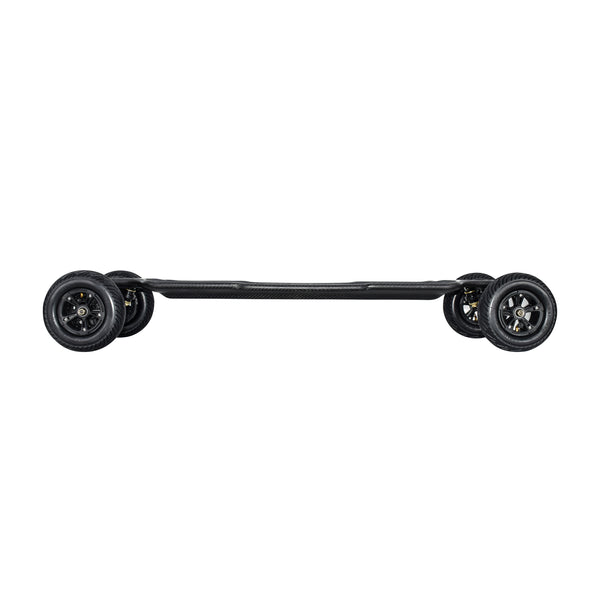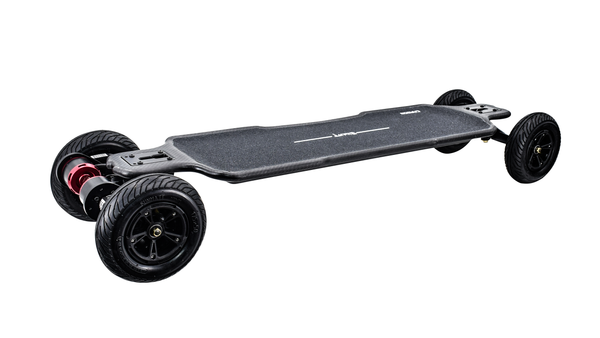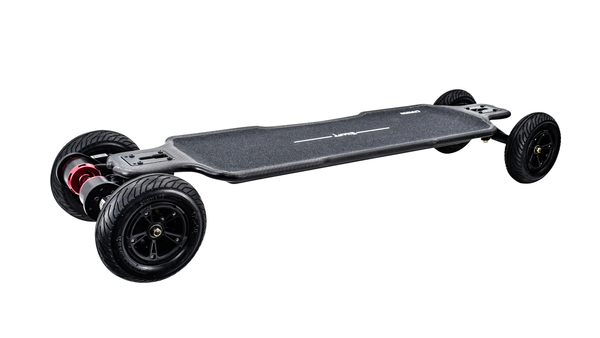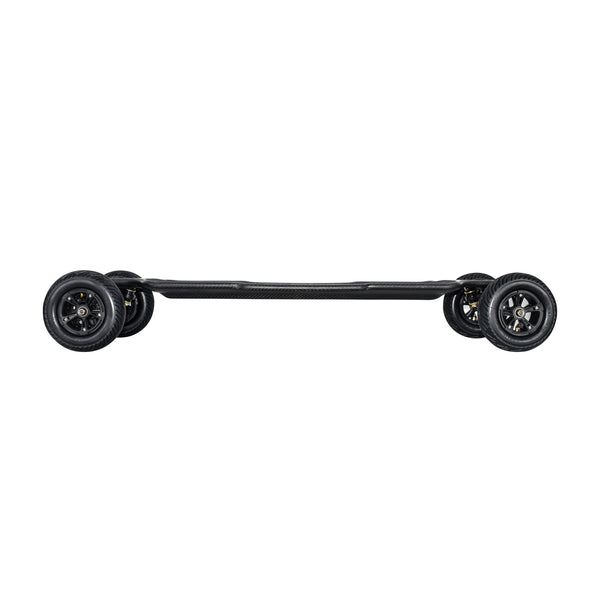The scope of use and correct use of low-temperature lithium-ion battery packs. Low-temperature lithium-ion batteries refer to operating temperatures below -20°C, and low temperatures have an impact on the positive and negative electrodes, electrolyte, and adhesives of lithium iron phosphate battery packs. The exploration and research on the low-temperature resistance of lithium-ion batteries by industry enterprises and scientific research institutions mainly focus on the process improvement of the existing positive and negative materials, and by increasing the local environmental temperature of the battery to create conditions for the battery to work at low temperatures.
The scope of use of low-temperature lithium-ion battery packs
In recent years, the use of lithium ion batteries has become more and more widespread. Lithium ion batteries are widely used in energy storage power systems such as water power, thermal power, wind power and solar power stations, as well as electric tools, electric bicycles, electric motorcycles, electric vehicles, and military equipment. , Aerospace and other fields. At present, lithium-ion batteries have gradually expanded to the fields of electric bicycles and electric vehicles.
Low-temperature lithium-ion battery packs are widely used in aviation, aerospace, deep sea, power supply, cold zone rescue, and rigorous manufacturing processes and methods. They are also used in disaster relief, iron equipment, and on-board backup power supplies. Power supply for extreme environment equipment such as cold-proof clothing and cold-proof shoes.
Scope of use: military weapons, aerospace, missile-borne vehicle equipment, polar scientific research, frigid rescue, power communications, public safety, medical electronics, railways, ships, robots, etc.
The correct use of low-temperature lithium-ion battery packs
Lithium-ion battery manufacturers need to overcome multiple technical bottlenecks and develop a series of low-temperature lithium-ion battery products. Generally, lithium ion batteries have poor low temperature performance, and lithium iron phosphate batteries cannot drive electric vehicles at extremely low temperatures.
When using low-temperature lithium-ion battery packs, be sure to pay attention to waterproofing. After use in some low-temperature equipment, you should remove the lithium-ion battery in a Improper use causes household fire accidents.
Lithium batteries have low energy density, have the safety and storage functions of conventional lithium-ion batteries, and have both high and low energy performance. Low-temperature lithium-ion battery packs need to have the advantages of large discharge rate, stable product performance, high specific energy, and good safety.
When using lithium-ion battery packs, it should be noted that although the batteries are activated when they leave the factory, they will enter the dormant state after being left for a period of time. At this time, the capacity is in a virtual state. However, lithium-ion batteries are easy to activate, and the battery can be activated and restored to normal capacity after about 3 normal charge-discharge cycles. Due to the characteristics of the lithium-ion battery itself, it is determined that it has almost no memory effect. Therefore, the new lithium-ion battery in the user's mobile phone does not require special methods and equipment during the activation process.
For the charging of lithium-ion batteries, within a certain current range (1.5C-0.5C), increasing the constant current value of the constant current and constant voltage charging method will not shorten the time to fully charge the lithium battery.
The suitable temperature of the lithium-ion battery pack is controlled at 0~40℃, and the relative humidity is not more than 75% in a clean, dry and ventilated environment. Avoid contact with corrosive substances and keep away from fire and heat sources.
The number of normal cycles of charging and discharging of lithium-ion batteries is about 500 to 800 times. Lithium-ion batteries at the end of their life should be recycled and resolved in accordance with local laws.
Lithium-ion battery packs have the characteristics of large storage capacity, stable operation, and basically no memory effect. They also have advantages in adapting to ambient temperature. Taking lithium thionyl chloride batteries as an example, the operating temperature can range from -40°C to +55°C. Of course, when the temperature drops to minus 40 degrees, the capacity will also change, which is 50% of normal temperature. It shows that low temperature has a greater impact on lithium-ion batteries. It should be stored and used at room temperature as much as possible.
The effect of low temperature on lithium-ion batteries
Current mobile phone batteries are generally lithium-ion batteries, and the chemical reaction speed of the battery is affected by temperature. If the mobile phone is exposed to a low temperature environment for a long time, the chemical reaction of the battery will be sluggish, resulting in a smaller battery discharge current and reducing the battery capacity. This may lead to fast battery usage, black screen, crashes, touch screen failure, and inability to access the Internet. When entering a warm room from the cold outside, the temperature change may also cause the inside of the mobile phone to condense into water mist, short-circuit the circuit board or other malfunctions.
The working principle of a lithium ion battery is that the internal electrolyte changes through a chemical reaction, and there is a potential difference between the positive and negative electrodes to generate current. In a low temperature environment, the electrolyte moves quite slowly, which affects the transfer activity of lithium ions between the positive and negative electrodes, resulting in a decrease in the charge and discharge performance of the battery.
Low temperature has an impact on the positive and negative electrodes, electrolyte and binder of lithium iron phosphate batteries. For example, the lithium iron phosphate positive electrode itself has relatively poor electronic conductivity, and polarization is likely to occur in a low temperature environment, thereby reducing battery capacity; affected by low temperature, the speed of graphite lithium insertion is reduced, and metal lithium is likely to precipitate on the surface of the negative electrode. If it is left for insufficient time after charging When put into use, the metal lithium cannot be fully embedded in the graphite again, and part of the metal lithium continues to exist on the surface of the negative electrode, which is very likely to form lithium dendrites, which affects the safety of the battery;
At low temperatures, the viscosity of the electrolyte will increase, and the lithium ion migration resistance will also increase accordingly; in addition, in the processing technology of lithium iron phosphate, the adhesive is also a very critical factor, and low temperature will also affect the performance of the adhesive. Initiation of greater influence.
In a low temperature environment, there are certain risks when charging lithium-ion batteries. Because as the temperature decreases, the kinetic characteristics of the graphite negative electrode become worse. During the charging process, the electrochemical polarization of the negative electrode is clearly intensified, and the precipitated metal lithium is likely to form lithium dendrites, piercing the diaphragm and causing the short circuit of the positive and negative electrodes. .



